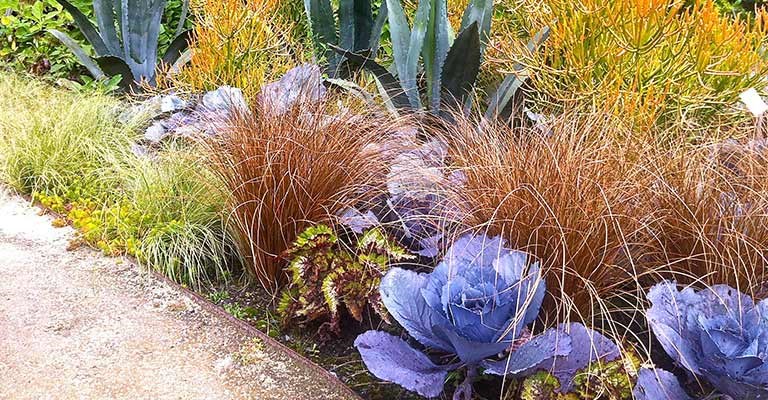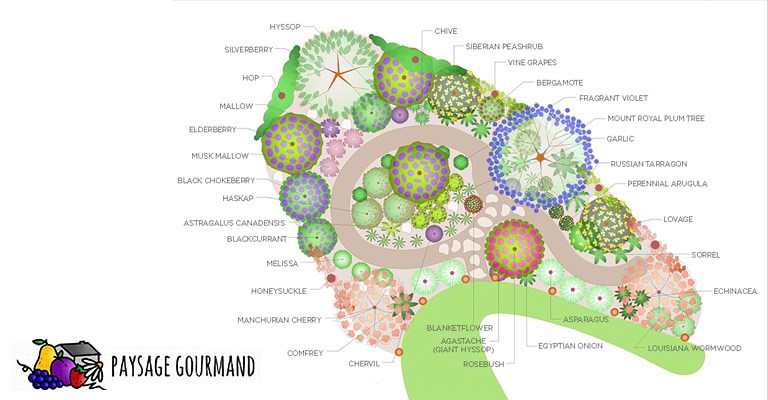
With GMOs, the mad cow disease and the numerous problems caused by the industrialization of agriculture, many feel the need to produce their own fruits and veggies. A true revolution is currently taking place in North American gardens! While most landscapings have traditionally been considered as ornamental, a new way to design gardens has emerged: edible landscaping.
The principle of edible landscaping is very simple as it consists in creating gardens in which edible plants are cultivated, with the ultimate objective of creating a functional, ecological and, more importantly, productive living environment. Whether it is vegetables, fruits, nuts, edible flowers or medicinal plants, they all have their place in an edible landscaping. It is therefore a great way to get organic foods that are fresh, tasty and cheap!
Vegetable plants are generally considered as rather unesthetic, and many believe it is preferable to grow them in the back of the yard, away from the house. As they are comprised of plants that are both beautiful and productive, edible landscapings can be created just about anywhere: front yard, back alley, patio, roof, etc. Several vegetable plants, such as artichokes, chards, kales, climbing beans and peppers, are just as decorative as certain annuals or perennials.
Based on the principles of permaculture, edible landscaping is an approach which builds on the use of perennials or sturdy, vigorous shrubs that will produce fruits and vegetables in abundance, year after year, while requiring minimal care. As interventions are reduced to a minimum, this allows for the creation of useful and functional gardens that respect the environment and that are in harmony with natural ecosystems. Also, this approach promotes the presence of all kinds of birds (including hummingbirds), pollinating insects and butterflies.

"Illustration : Guillaume Pelland, Paysage gourmand"
The most sought-after perennial vegetable plants for the creation of an edible landscaping include the Egyptian onion (Allium cepa var. proliferum), a perennial plant which is an advantageous substitute to common onions, the skirret (Sium sisarum), whose sweet, white, stretched out root resembles the parsnip's, the sea kale (Crambe maritima), whose fleshy leaves have a very concentrated taste of kale, and the topinambour (Helianthus tuberosum), whose artichoke-tasting root wonderfully replaces potatoes.
However, this plant being particularly aggressive, it is recommended to plant it in a large pot buried in the soil or to surround it with a thick metal strip to prevent it from taking over all of the available space.
Subscribe to our newsletter to receive our gardening tips, news and more directly in your inbox! Fill in the form below. Please note that fields with an * are required.